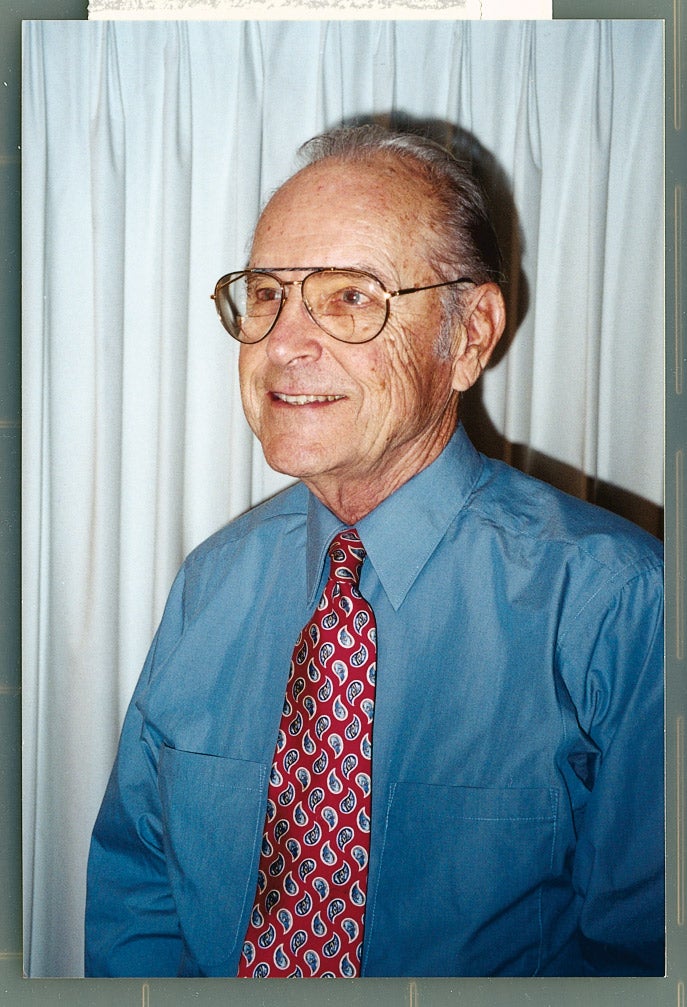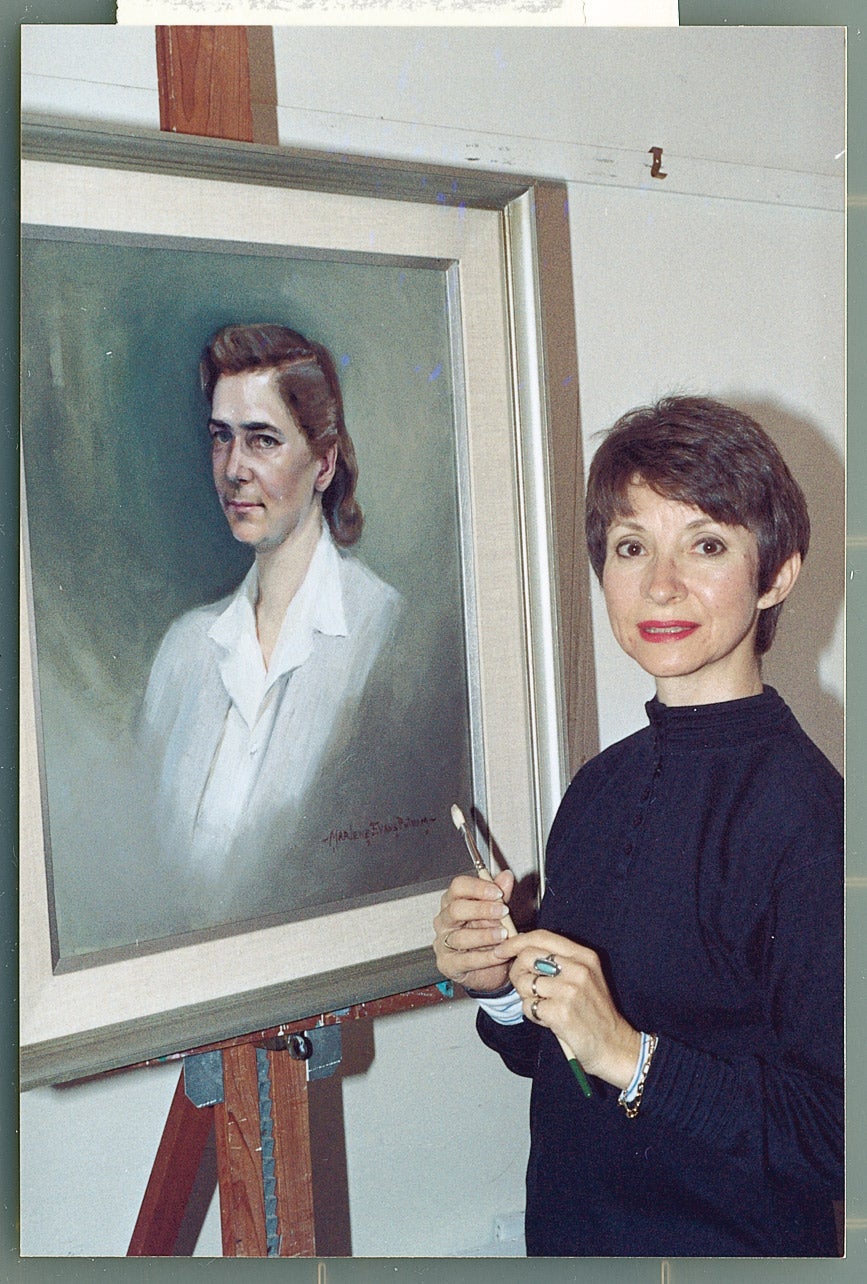The year 1989 wound down with the law school being painfully reminded that its portrait collection was still conspicuously all male.
Female students, by then close to half of each class, were storming at the gates, tired of only grim males looking down upon them from classroom walls and threatening to picket Langdell Hall unless some honored females received similar recognition.
In the first week of January 1990, Bernice Loss, the curator of the remarkable HLS collection, and I, a member of the 1953 class that first admitted women, agreed that something should be done to honor female giants of the law. I felt a personal obligation to help quell the uprising, and Ms. Loss knew that my wife, Marlene Evans Putnam, was becoming recognized as a premier portraitist of distinguished women.
Marlene had done the life-size portrait of ill-fated astronaut Christa McAuliffe that hangs in her Concord, N.H., high school, and was being considered to portray Rosemary Barkett, the first woman justice of the Florida Supreme Court.
I was totally in support of the protesting female students. They had a good cause, and they were pursuing it effectively. I felt we owed a significant female portrait to that brave band of 14 women in my class of 1953 who survived to receive their degrees. I wasn’t on campus long enough in our student days to know them personally. I was preoccupied off campus with family and legislative obligations. But I observed them trooping to class just like the rest of us. And our Socratic professors were treating them just like the rest of us–severely.
Would Marlene do a portrait for the law school? Yes. Would the law school commission her? Yes, said Bernice Loss. Who would be the first subject? Ms. Loss requested an official portrait of Soia Mentschikoff, the first woman professor at HLS (a visiting professor from 1947 to 1949).
But after Marlene got the commission, I began to regret that I handled the correspondence and the sitting arrangements for my portrait artist wife. This subject was unavailable. She had died. So we had to turn to photographs.

Note that a professional artist does not like to work from photographs. Photo images are a last resort. She loses something of the character and the personality of the subject in the intervening process. But if a photo is to be had, my duty is to get it and blow it up to the best possible 8-by-10 enlargement.
Ms. Loss was somewhat embarrassed at the lack of photos to work with. She did find for me a framed portrait of the 1948 faculty, hanging about six feet off the floor in one of the classroom buildings. Thirty-five men and one woman. The one woman was barely recognizable in the middle of the sea of men.
Undaunted, I asked for a ladder, climbed up to eye level with the painting, set my macro lens for a close-up of Professor Mentschikoff’s head and clicked. Not a bad photo under the circumstances, but by the time I had enlarged it to an 8-by-10, it was so fuzzy that Marlene was unhappy with it. It was the only likeness available for the subject in 1948.
Professor Mentschikoff taught at the University of Chicago Law School after leaving Harvard and then became dean of the University of Miami School of Law. Photos from those years were of some help to the artist. Out of that assorted input and a lifetime of experience, Marlene created an acceptable likeness.
At least Bernice Loss and Professor Mary Ann Glendon were pleased. And before the renovation, it hung for years in Langdell Hall. The acceptance and dedication occurred in the Ames Courtroom of Austin Hall on March 12, 1991.
I was a little unsettled to see Professor Warren Seavey, master of tort law, sitting on the platform. I had once been a victim of his withering Socratic questions, and so had some of the women in that first class of 1953.
But he was kind and pleased with the image, which was a relief. And so were the women students who threatened rebellion.
Women graduates are beginning to achieve records as distinguished as those of many HLS men. Great. More power to them. And may Marlene’s portrait of Soia inspire them.
Harold Putnam ’50-’51 lives in Vero Beach, Fla.
